Three Squares
This exercise works with the illusion of space, depth, or multiple spatial planes. The objective is to distinguish between distance as between elements on the surface plane or depth through different spatial planes. Another illusion of space is dimension, as seen in three-dimensional objects that occupy and therefore define space. It is critical in design to understand all the nuances of depth, space, and dimension.
To help students better understand how the placement of elements can define space. To illustrate how positioning and interval relate to the illusion of space.
Placement
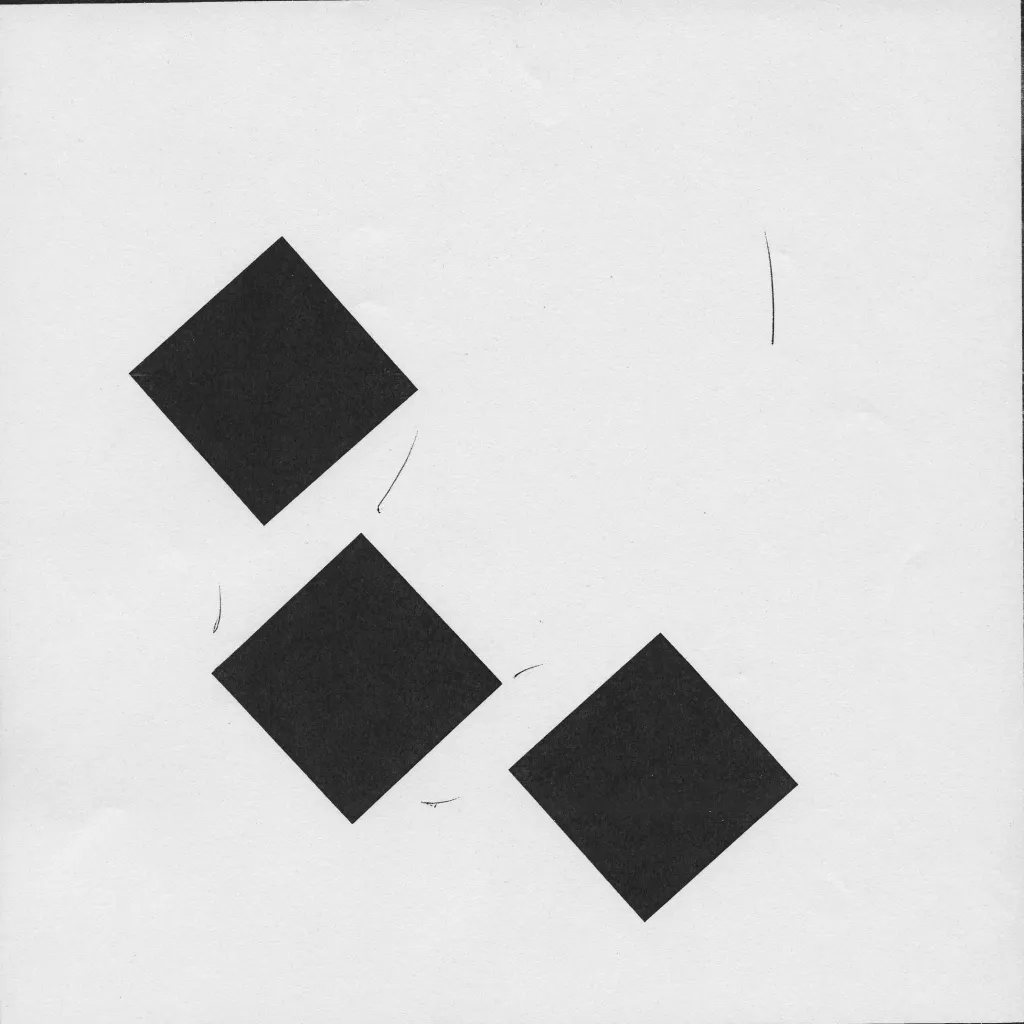
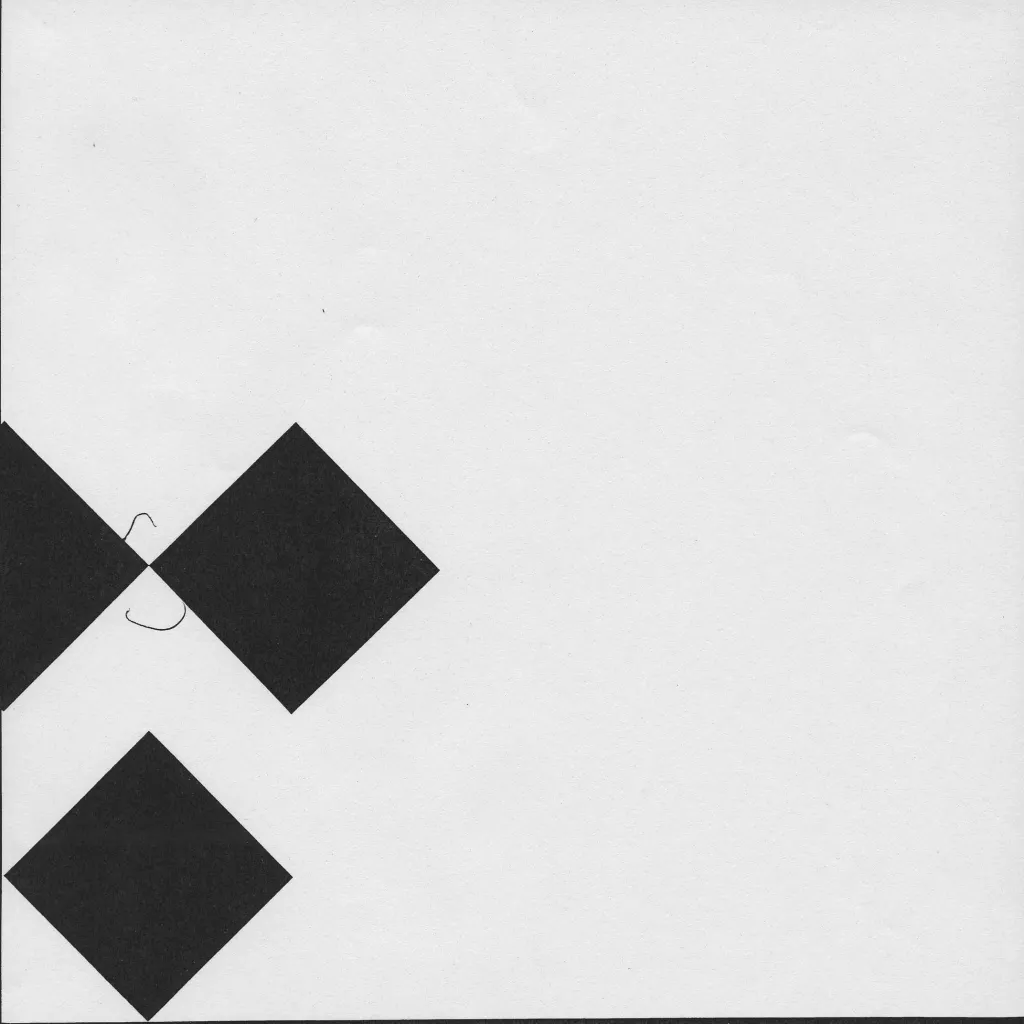
Scale
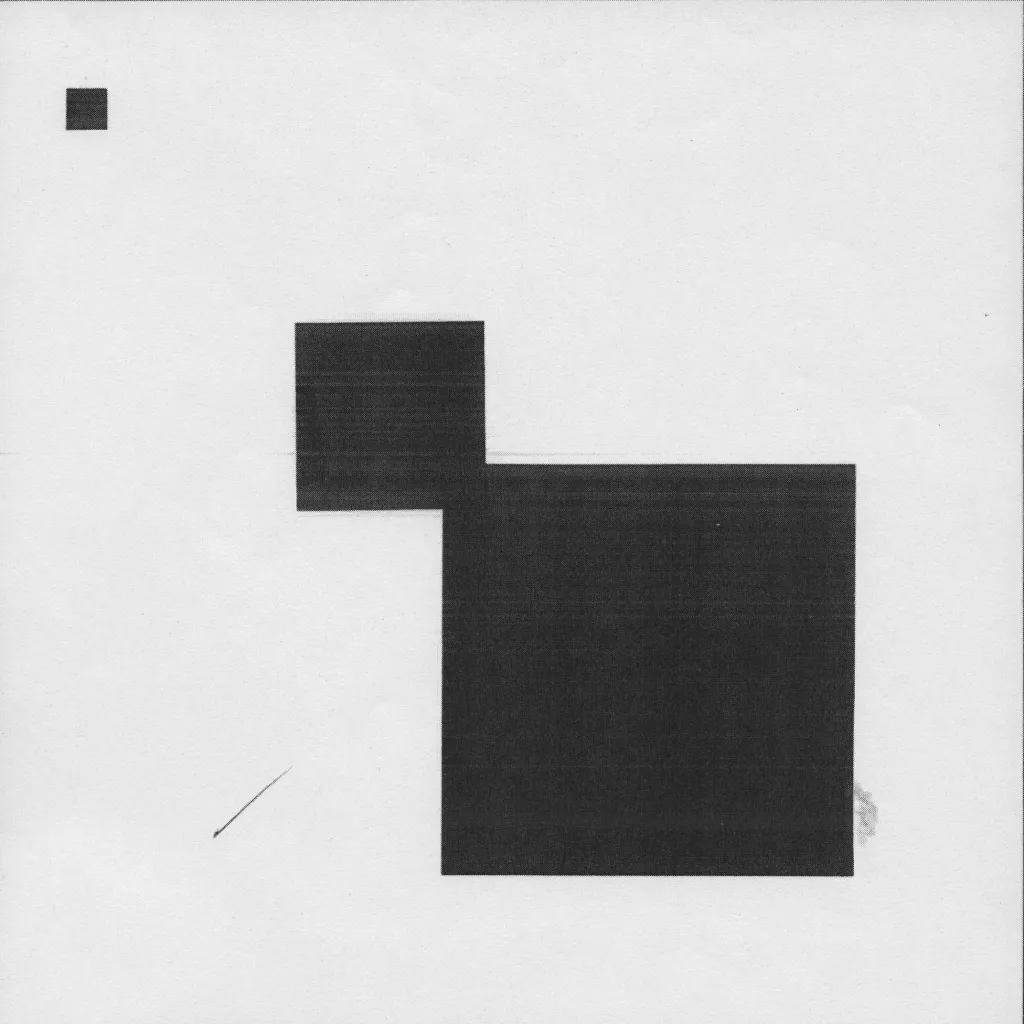
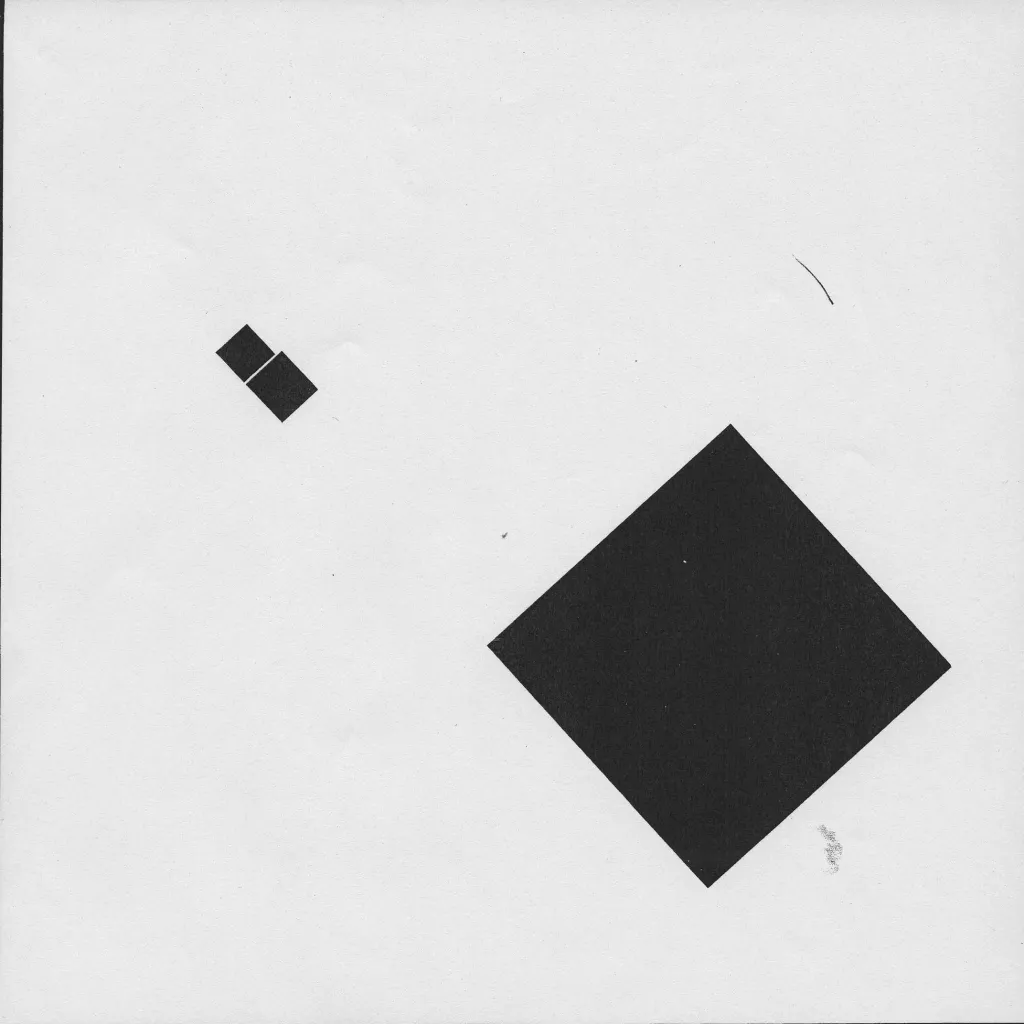
Value
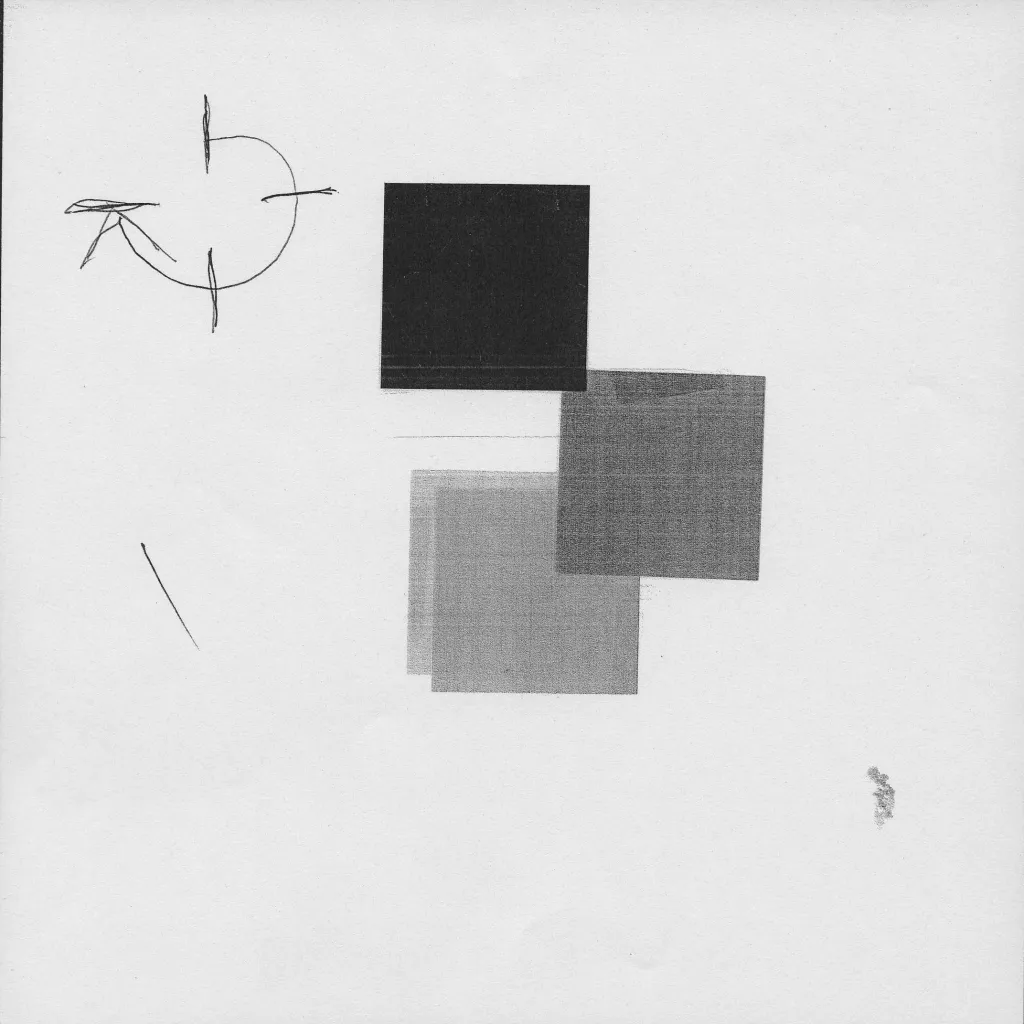
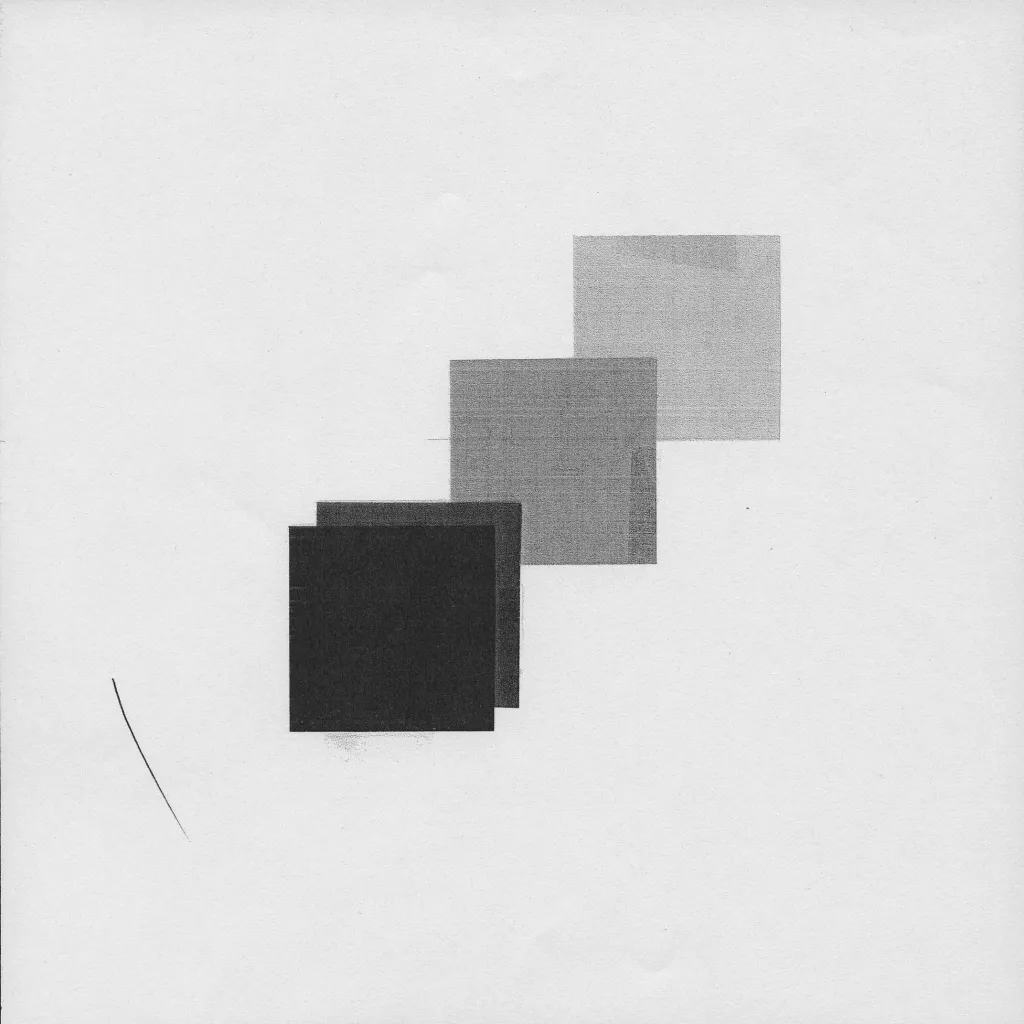
Simple demonstration problem to help students better understand what dynamic and static relationships mean. It also helps students better understand the role of picture plane edges as part of the composition. Note: It is not only how squares relate to edges but also that the organization of squares themselves must be either dynamic or static.
Static
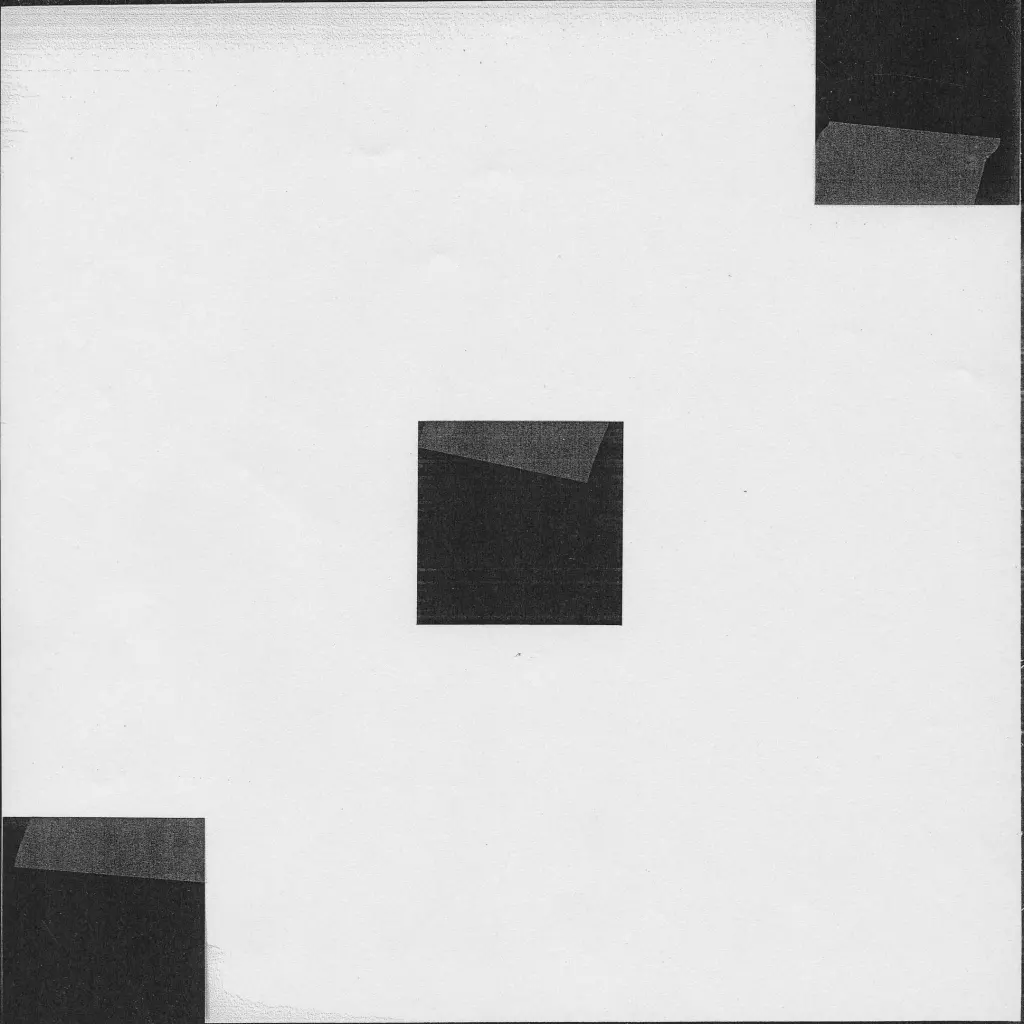
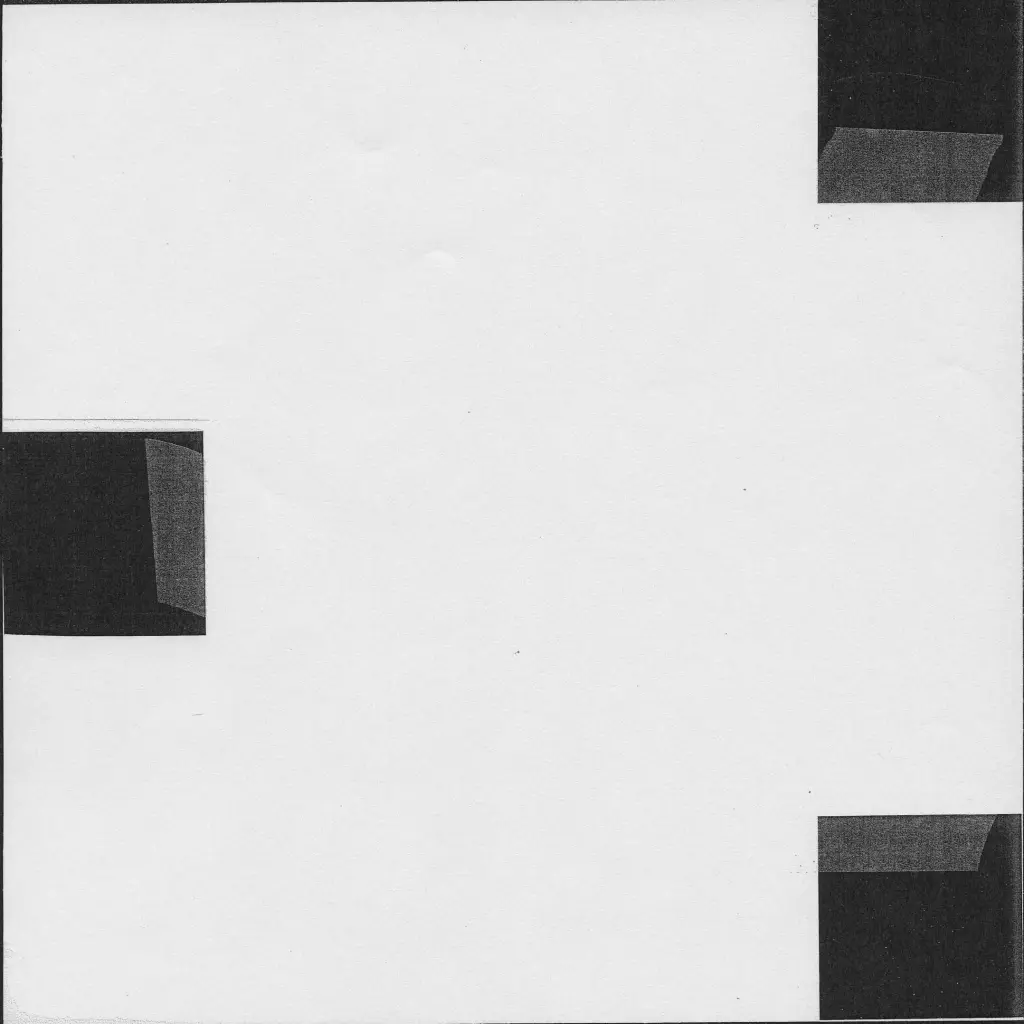
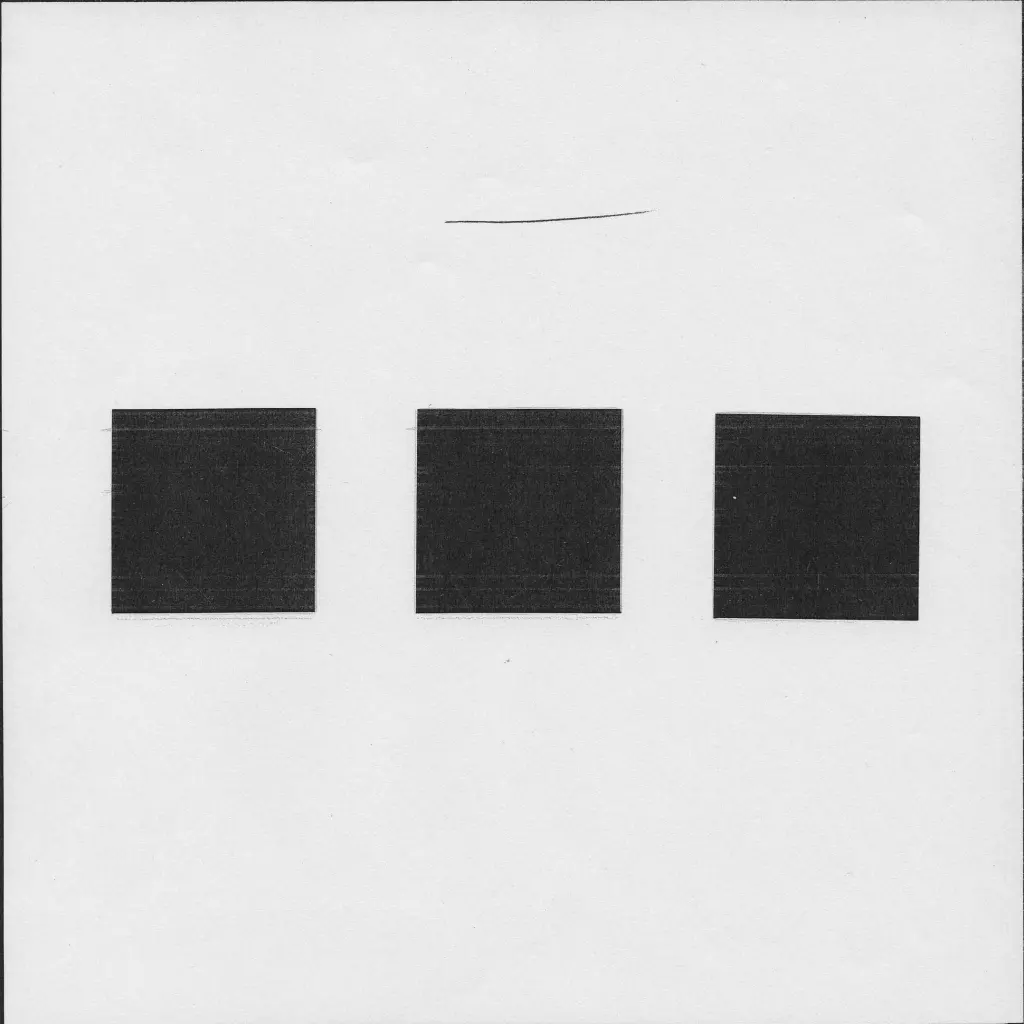
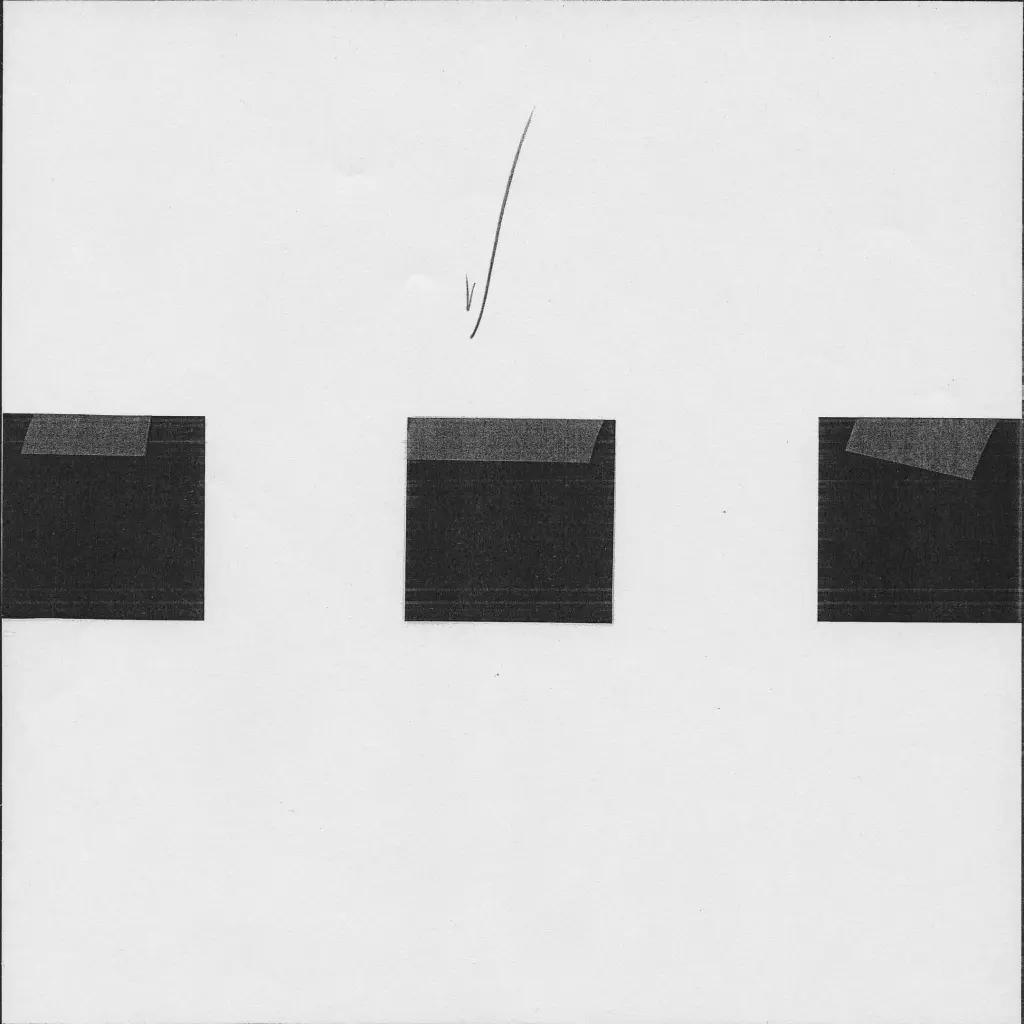
Dynamic
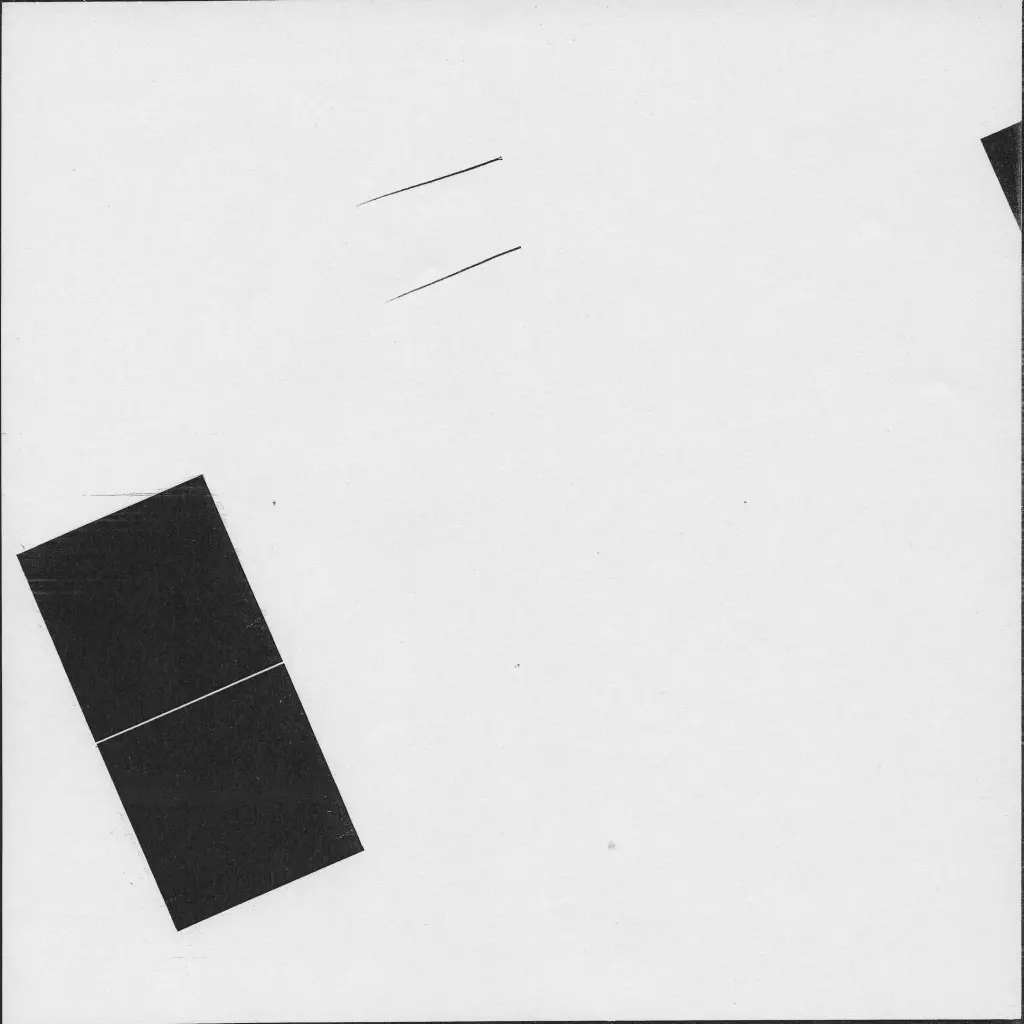
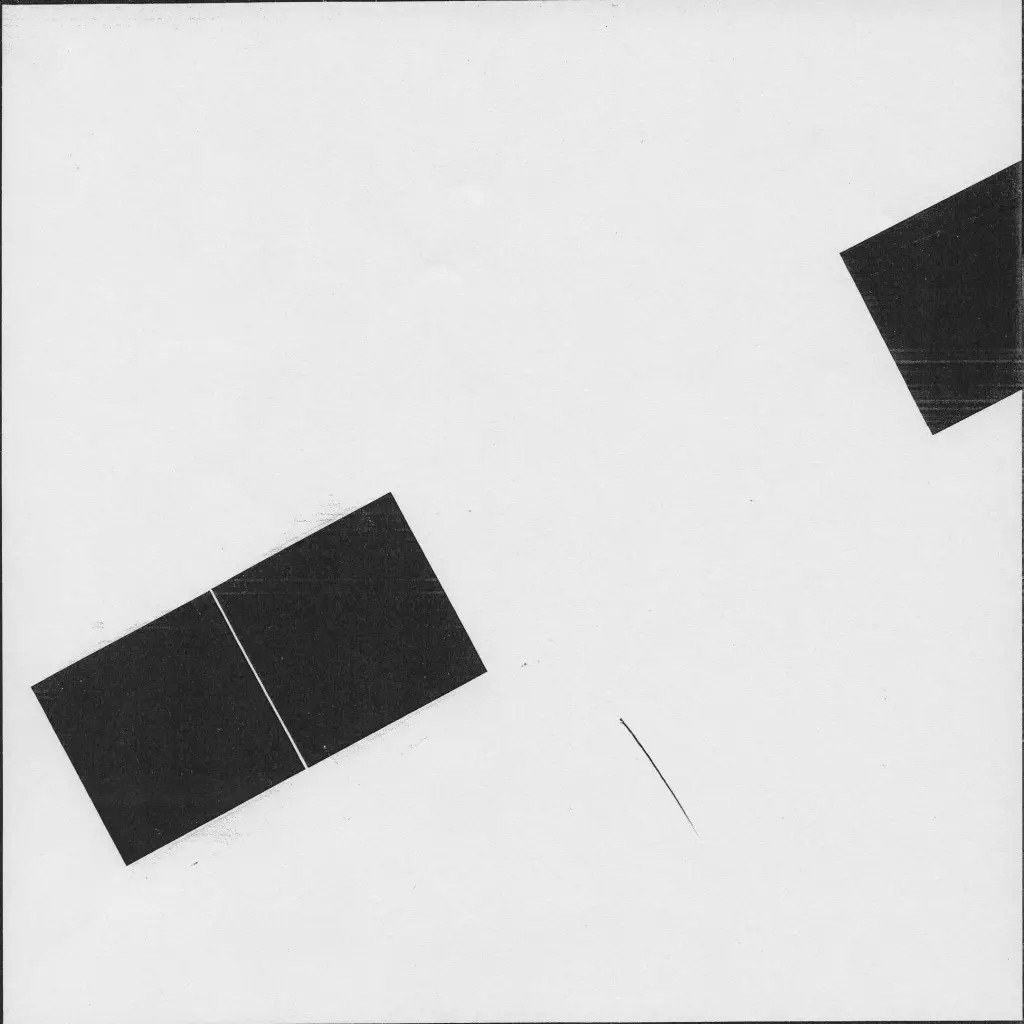
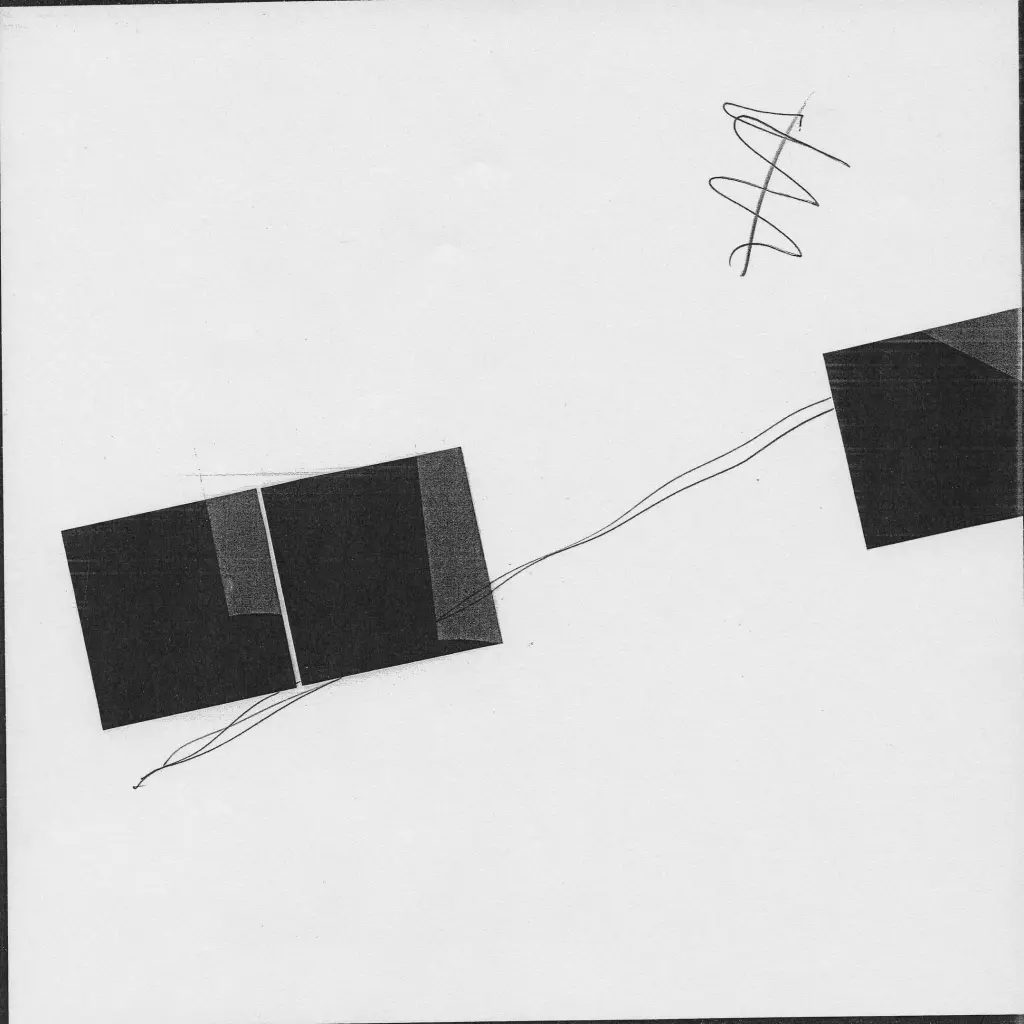
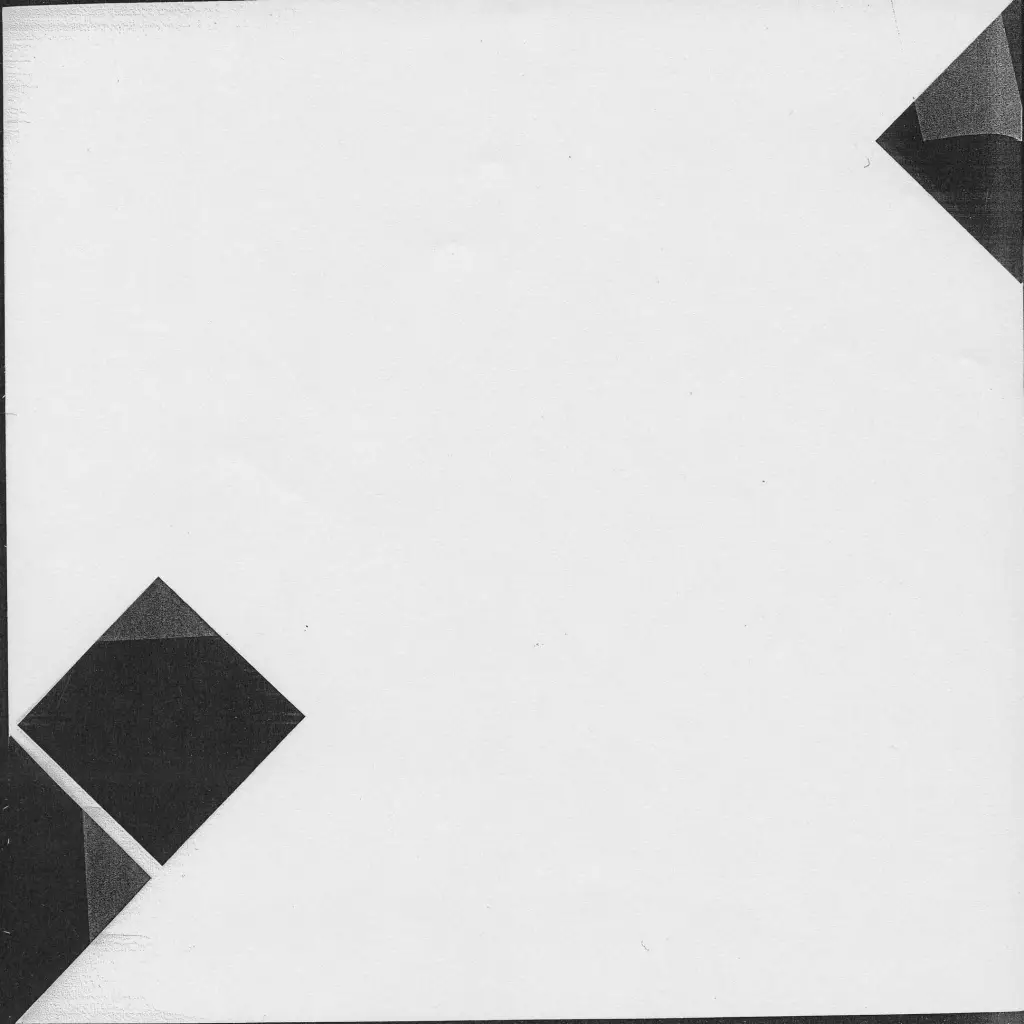
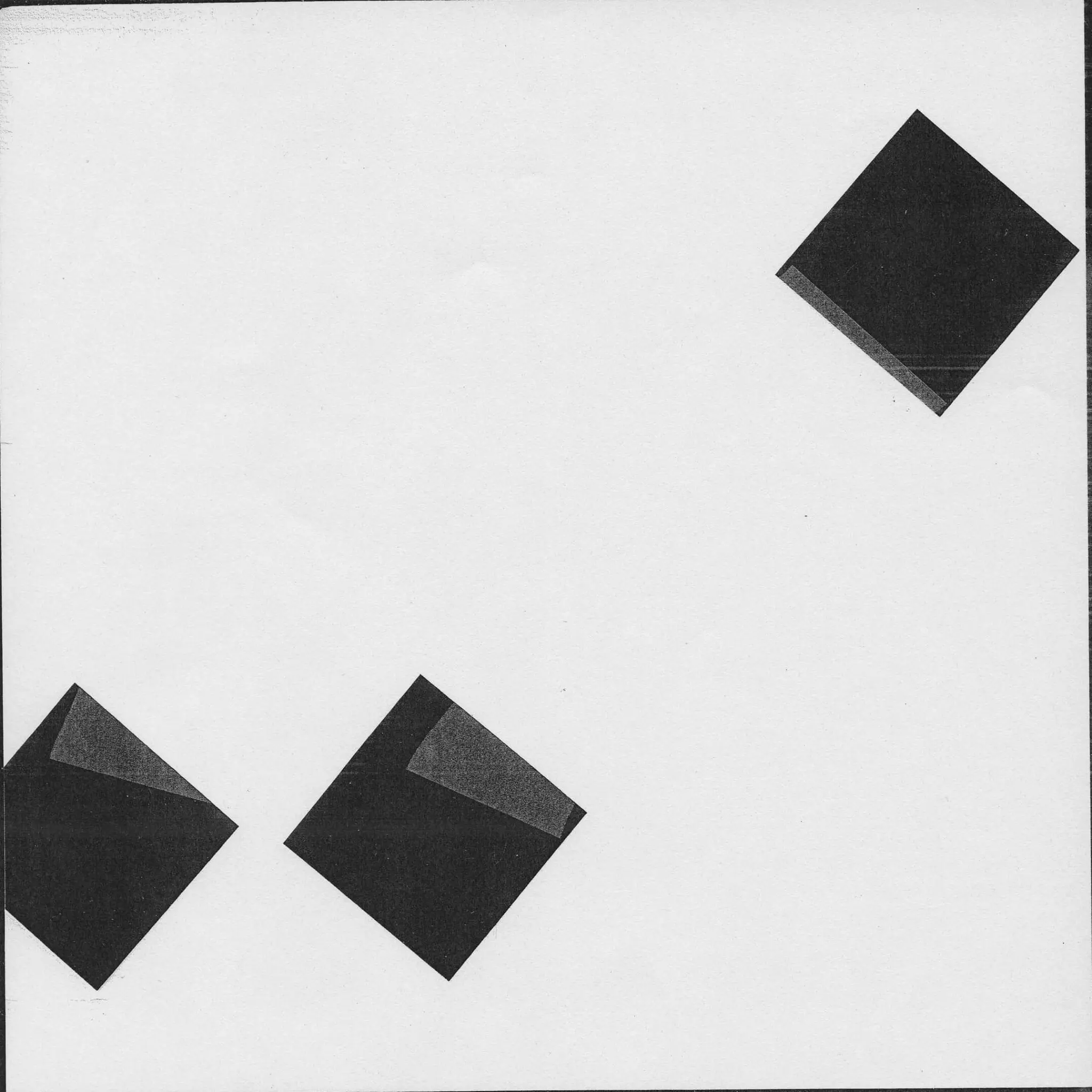
Tension is a very important design tool that has numerous interpretations. An old painter once described tension as something very important between two points where nothing exists.
Tension exists in color, drawing, and the relationship of shapes, which is extremely important in any kind of composition – typographic or otherwise. Tension is a principle that is adapted for numerous effects or purposes. The following exercise will introduce students to tension.
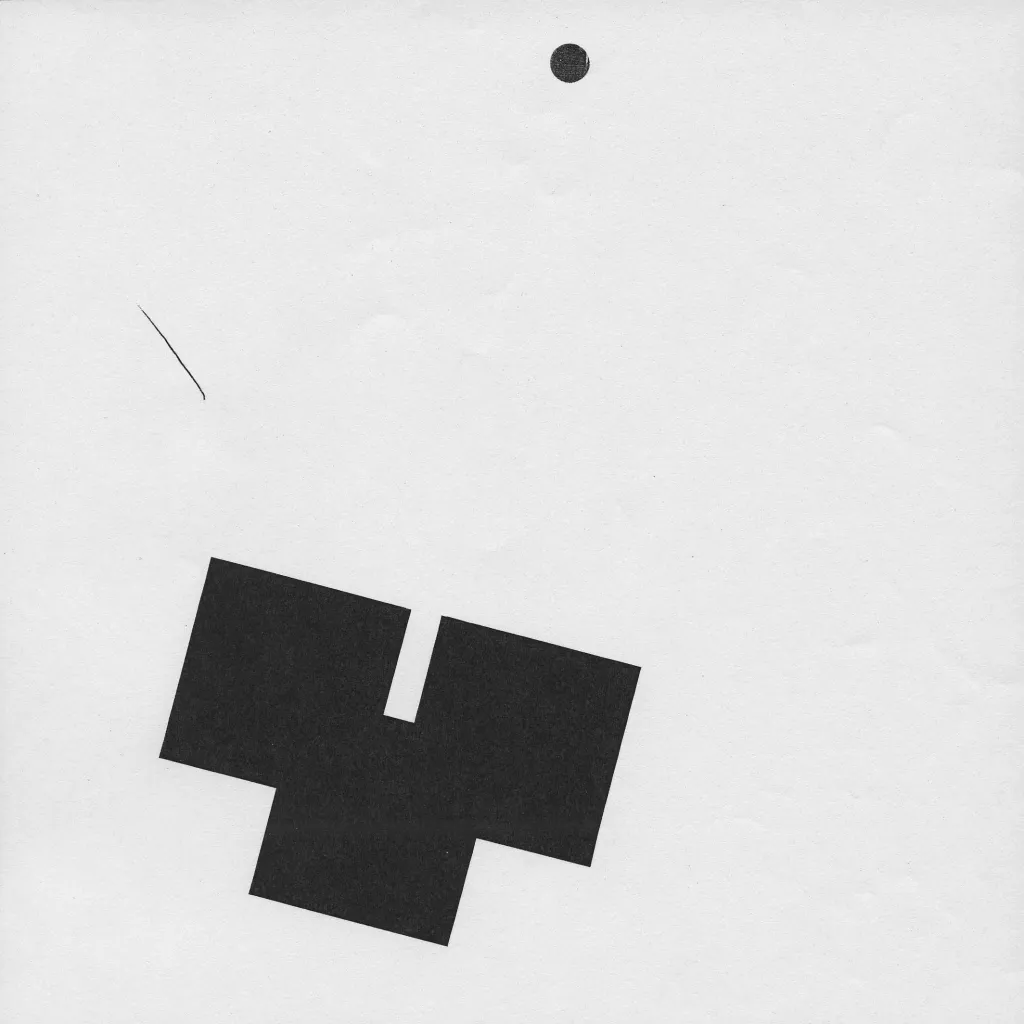
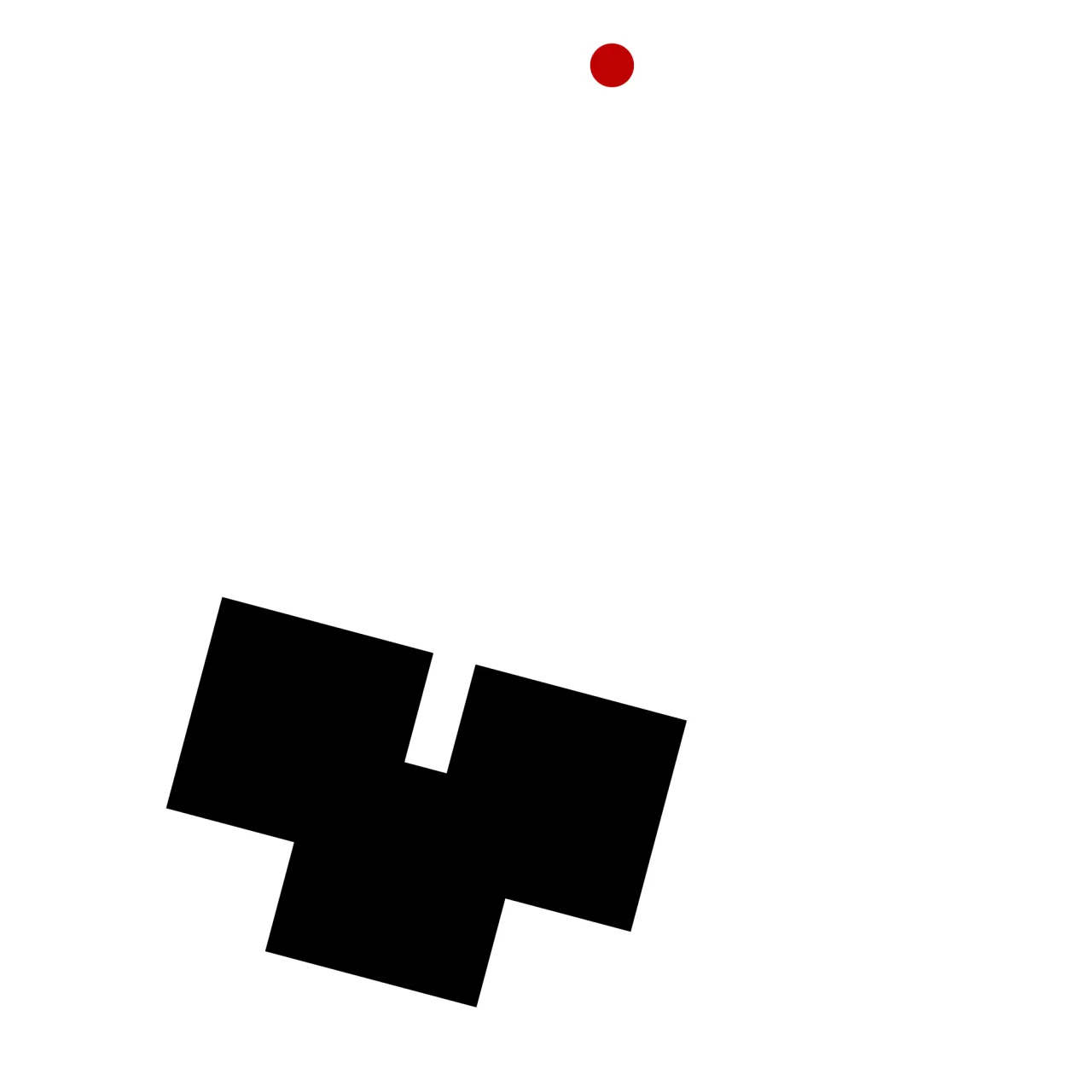
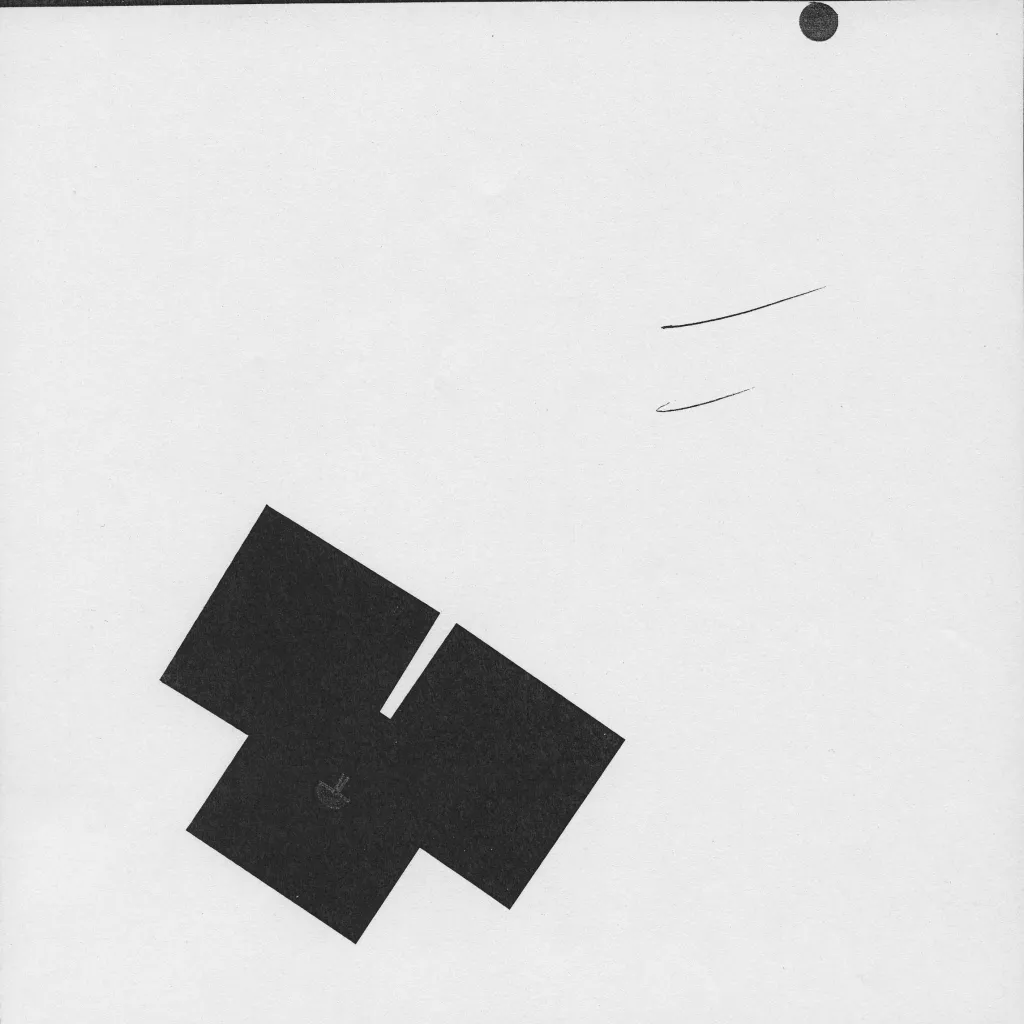
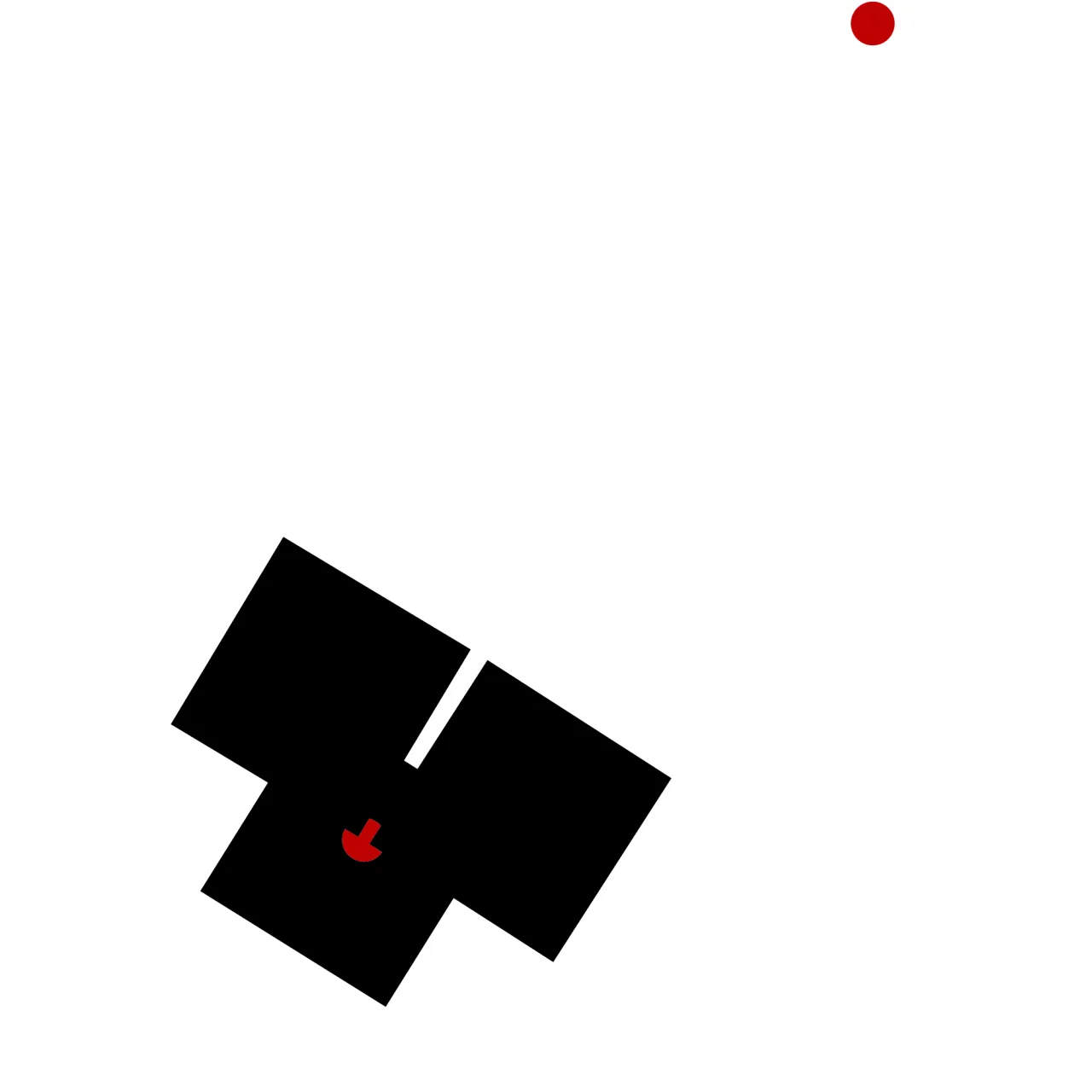
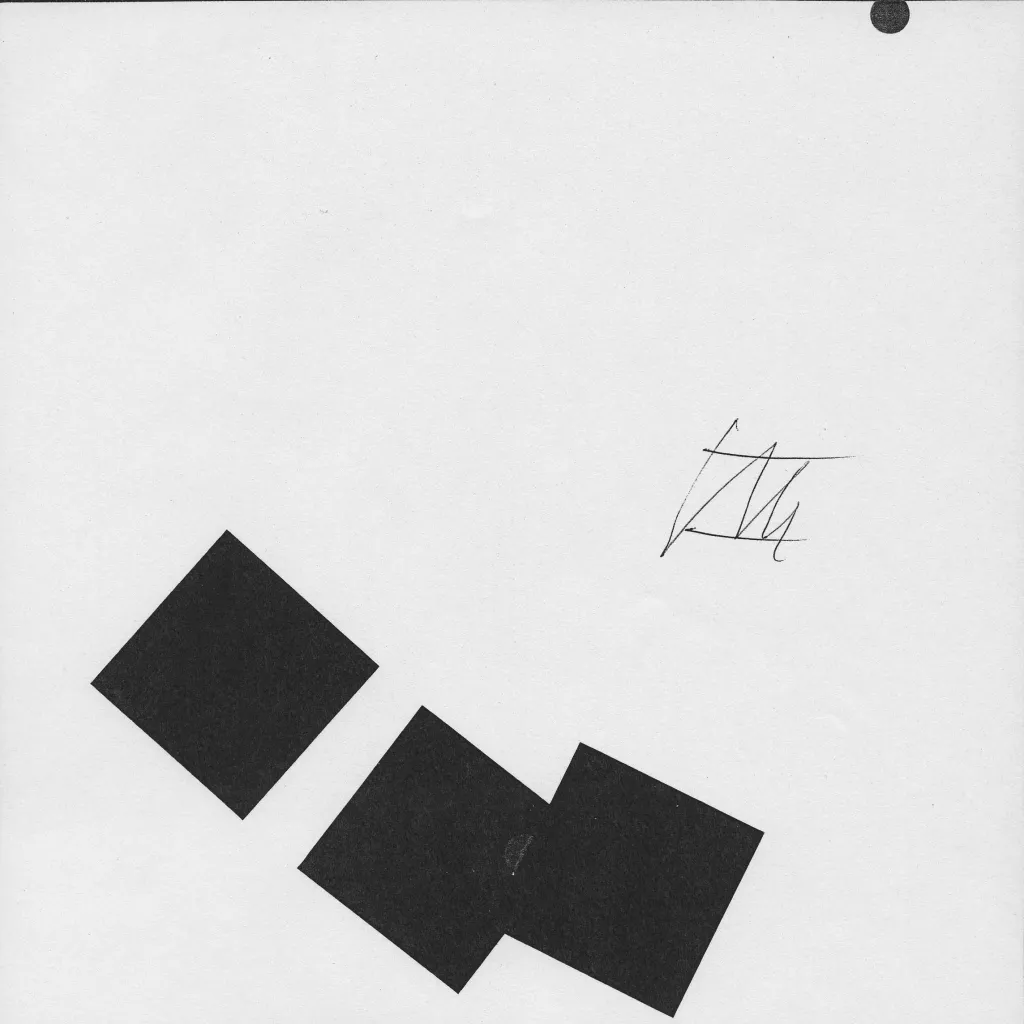
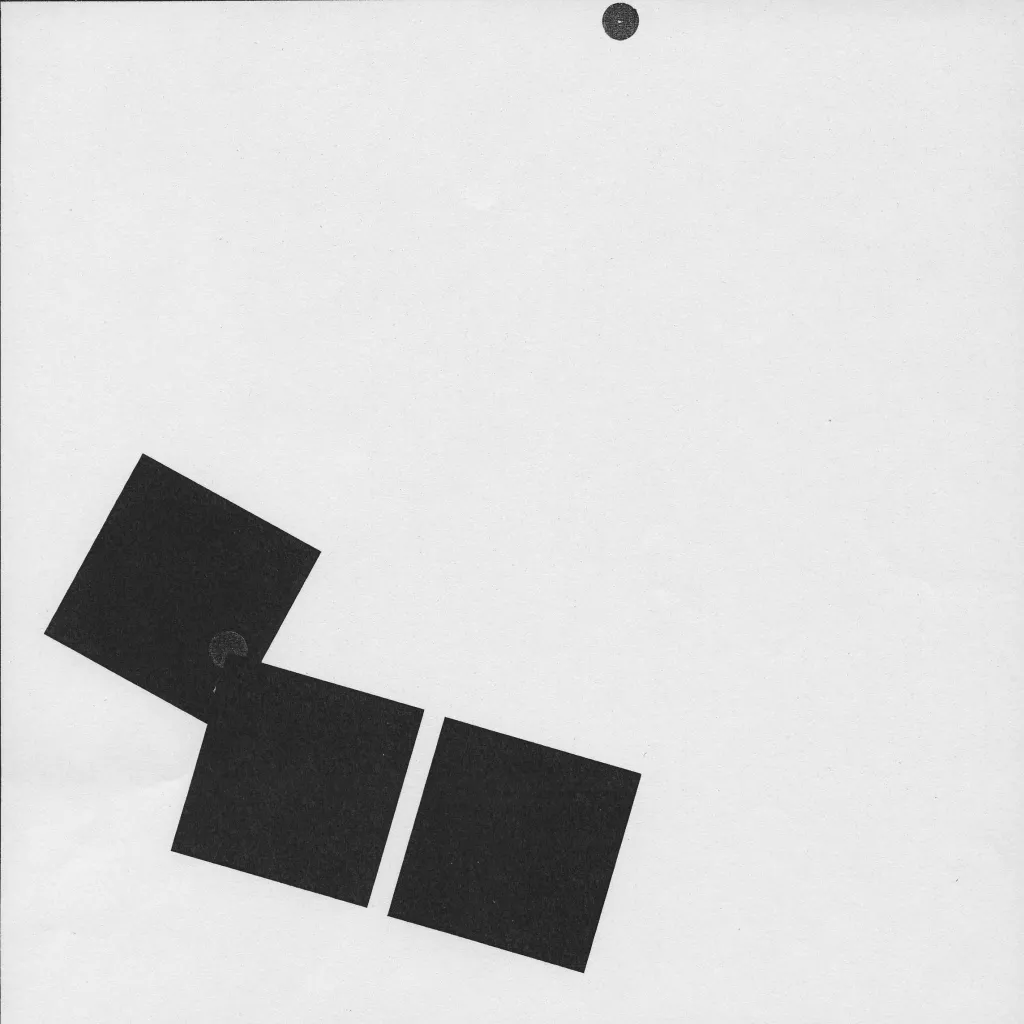
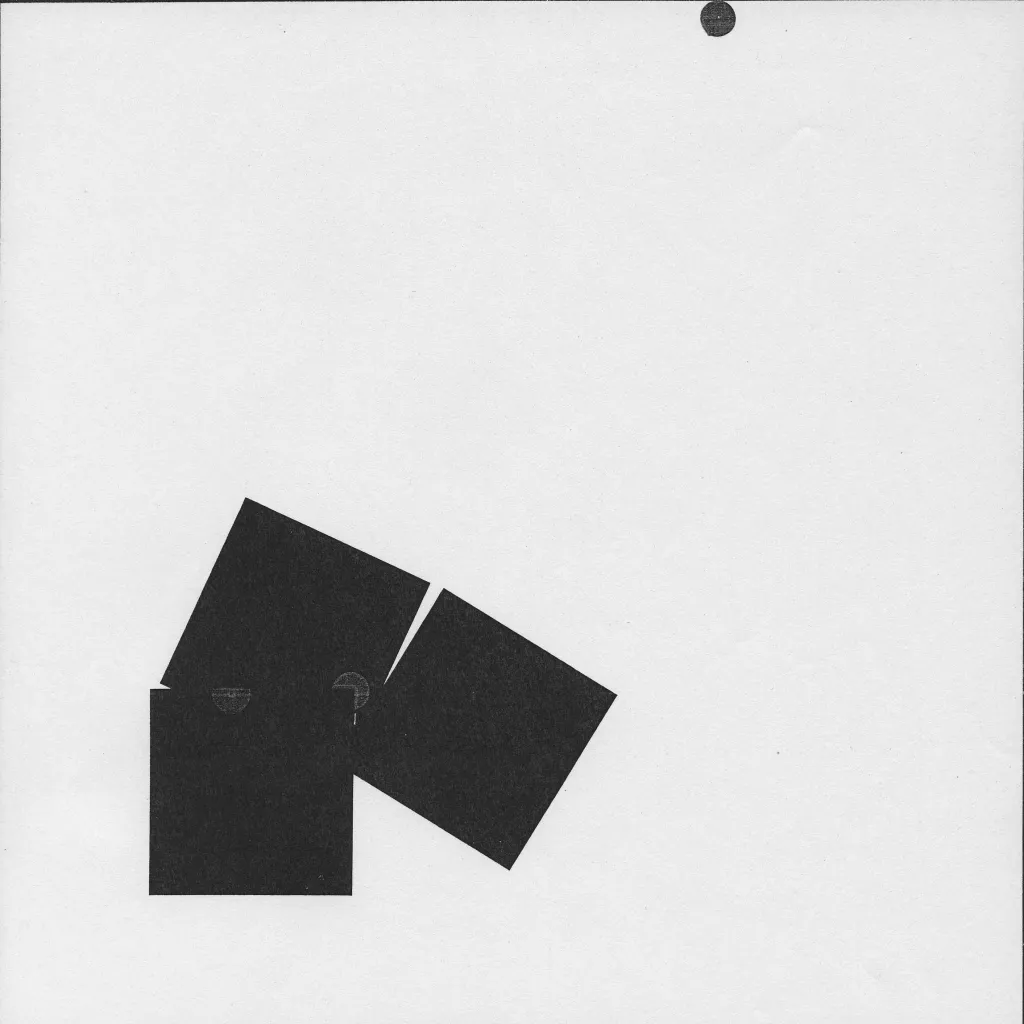
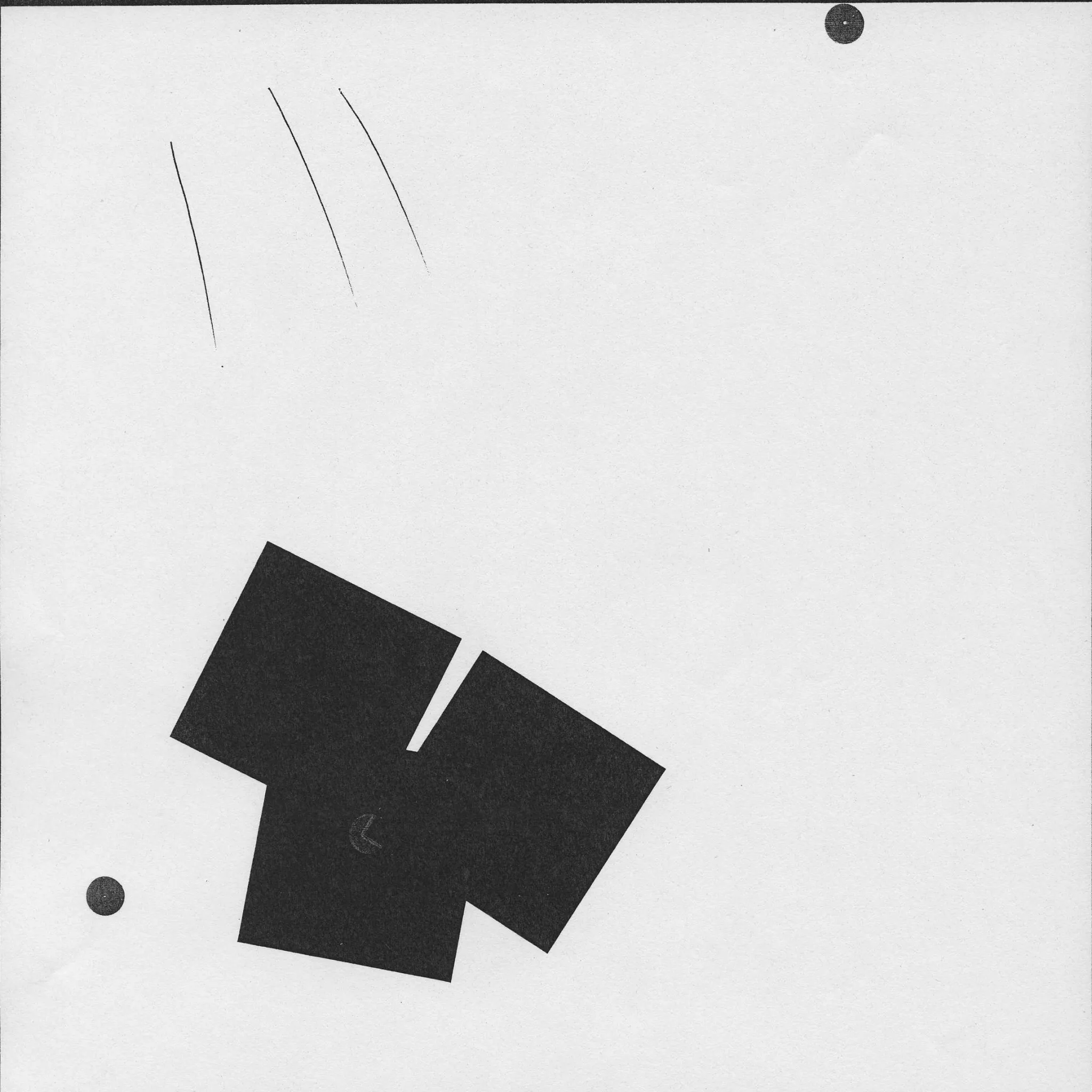
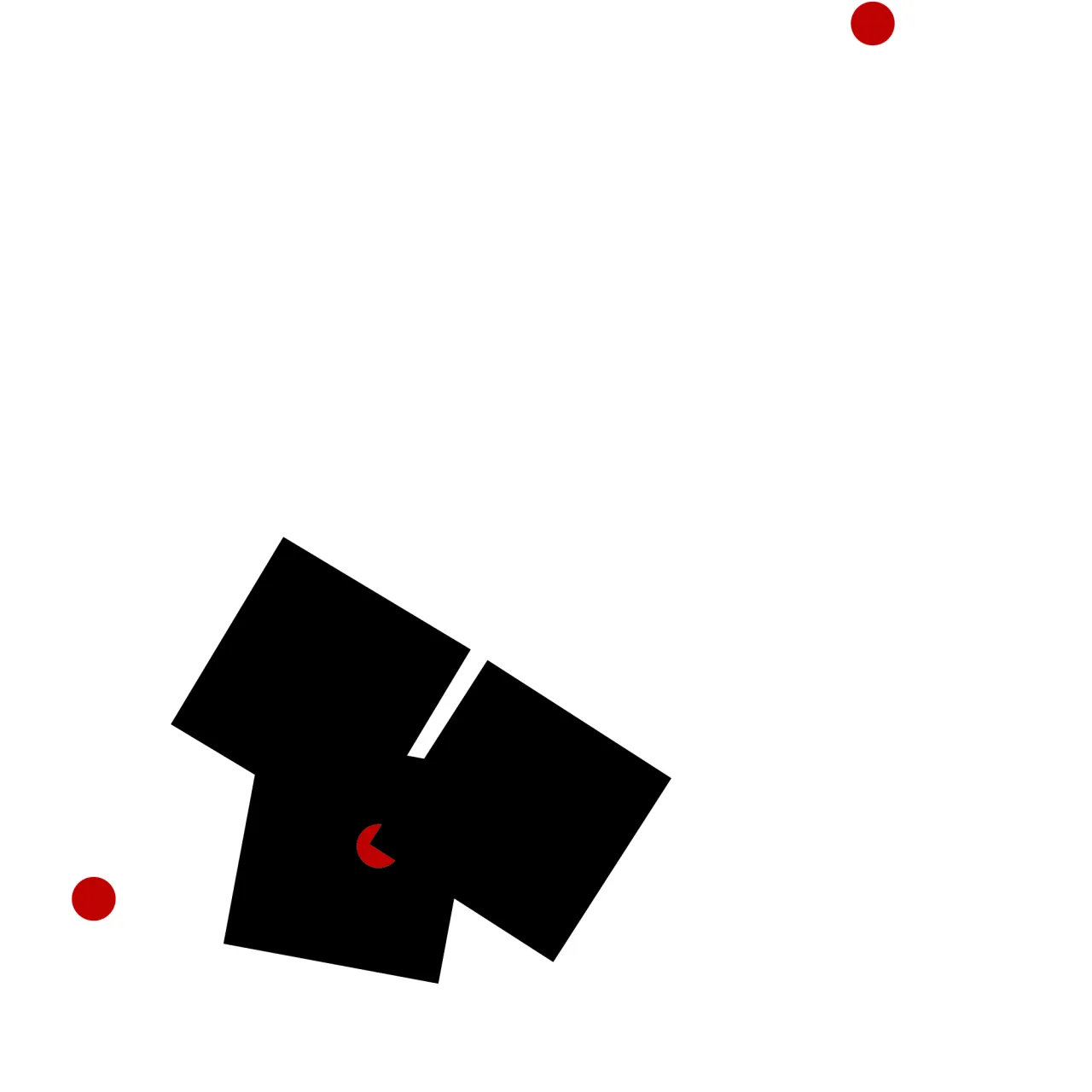
End. 2006/10/13